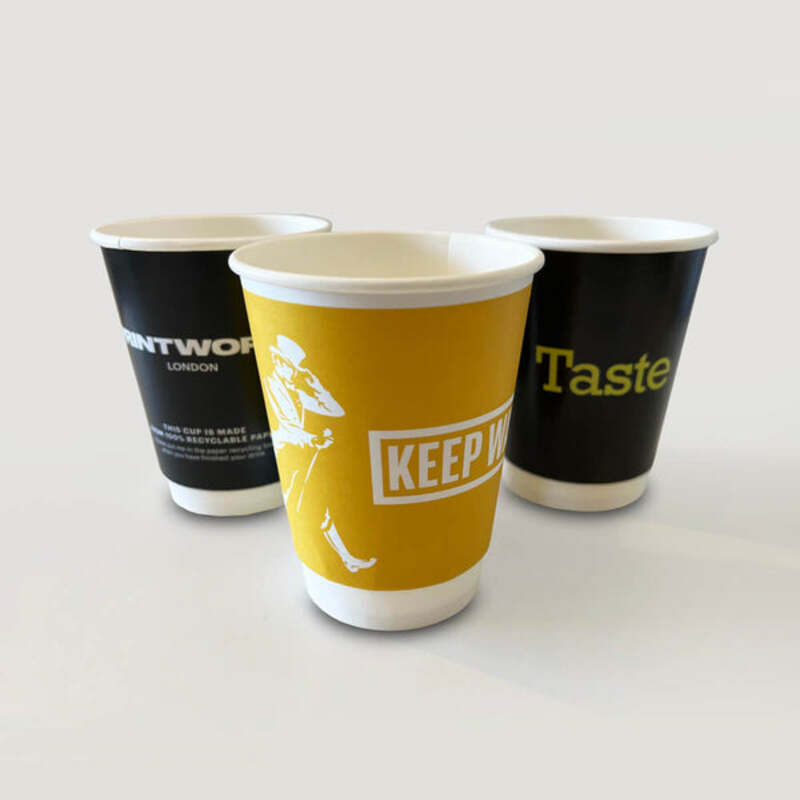The Art and Technique of Printing on Foil Paper
Printing on foil paper is a technique that combines aesthetics with precision, creating stunning visual effects that elevate various materials—from business cards to packaging. This specialized technique has grown in popularity in recent years due to its ability to enhance designs and deliver a luxurious feel.
Understanding Foil Paper
Foil paper is a type of paper that has been coated with a metallic foil, usually made from aluminum, which provides a shiny, reflective surface. This paper can come in a variety of colors, including gold, silver, and even vibrant hues, making it versatile for a broad range of applications. The foil finish catches the eye and creates a striking contrast against other colors, allowing for dynamic and visually appealing designs.
Why Use Foil in Printing?
The use of foil in printing is not just about aesthetics; it can also convey a sense of quality and value. Businesses often utilize foil printing for branding materials, as it can enhance their image and set them apart from competitors. For instance, a business card printed with foil lettering exudes professionalism and sophistication, leaving a memorable impression on potential clients.
Moreover, foil printing is popular in special event materials like wedding invitations or holiday cards. The shimmering effect of foil can evoke emotions and excitement, making these items more than just paper—they become keepsakes.
The Printing Process
The process of printing on foil paper typically involves a few key steps
printing on foil paper

1. Design Creation The first step in foil printing is creating a detailed design that takes advantage of the foil's reflective properties. Graphic designers need to carefully choose areas where the foil will be applied, as this can significantly impact the overall look of the final product.
2. Preparation of the Foil Different types of foil are available, and choosing the right foil for the design is crucial. The foil can come in rolls or sheets, and its application will depend on the printing technique used.
3. Printing Technique There are primarily two methods used for printing on foil paper hot stamping and digital foil printing. Hot stamping is a traditional technique where a heated die is used to transfer the foil onto the substrate. This method is known for its durability and crisp edges. On the other hand, digital foil printing is a modern method that uses a digital printer to apply the foil, allowing for quick production runs and greater design flexibility.
4. Finishing Touches After the foil has been applied, the printed material may undergo additional finishing processes, such as cutting, folding, or laminating, depending on the desired end product.
Applications of Foil Printing
The applications of foil printing are vast. In the packaging industry, foil stamping is frequently used to create luxurious-looking product packaging that can entice consumers. Similarly, in the fashion sector, foil printing can often be seen on textile labels, providing a touch of elegance that complements high-end apparel.
Moreover, art prints and posters that feature foil elements can attract collectors, as the shimmering details elevate the print's overall appeal.
Conclusion
In conclusion, printing on foil paper is a multifaceted technique that combines artistic expression with advanced printing technology. Its applications extend across various industries, from branding to art, proving that the allure of shiny surfaces can capture consumer attention and enhance the value of products. As technology advances, we can expect to see even more innovative uses of foil printing, making it an exciting field for designers and printers alike. Whether for marketing or personal use, foil printing continues to assert its place as a luxurious, eye-catching choice in the world of print media.



